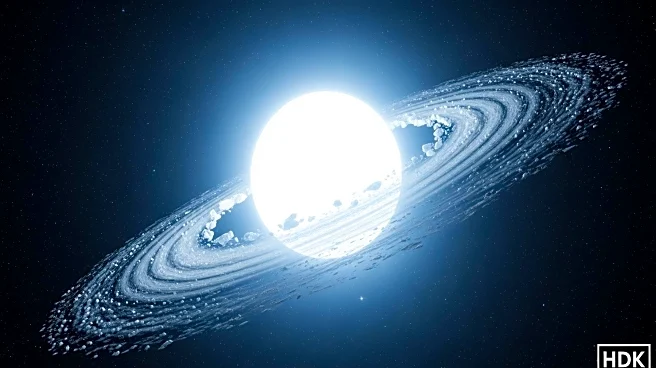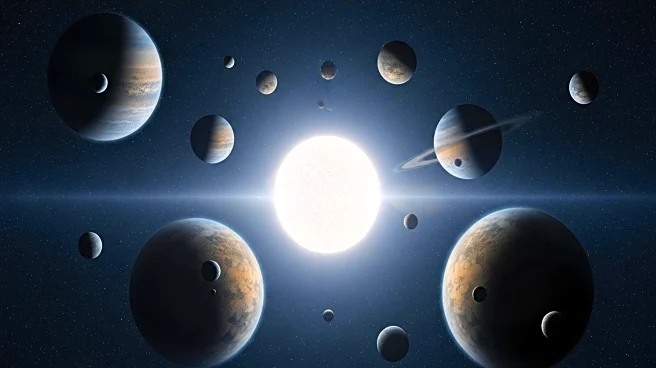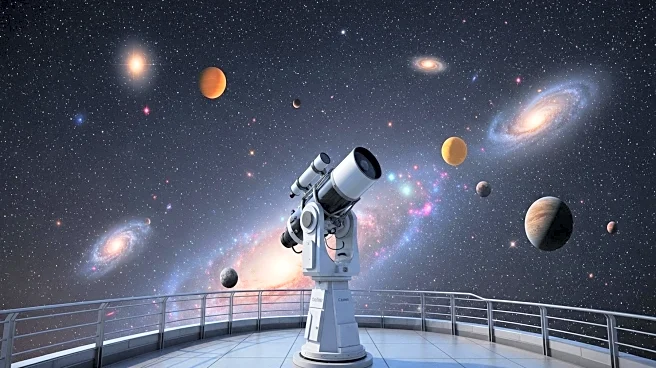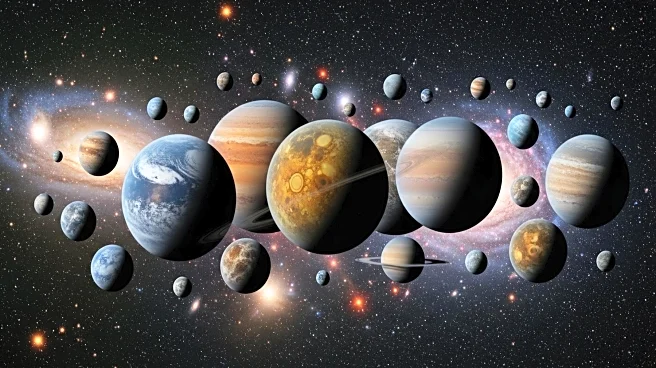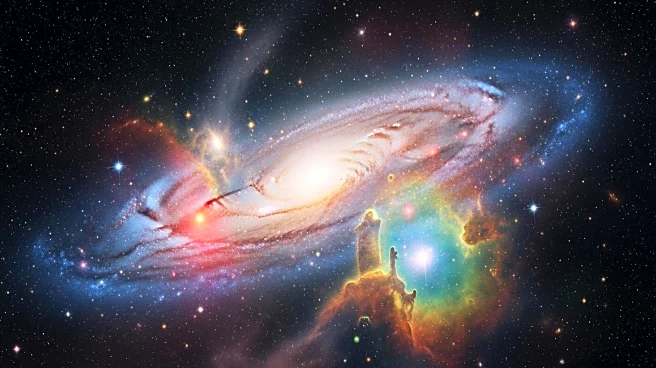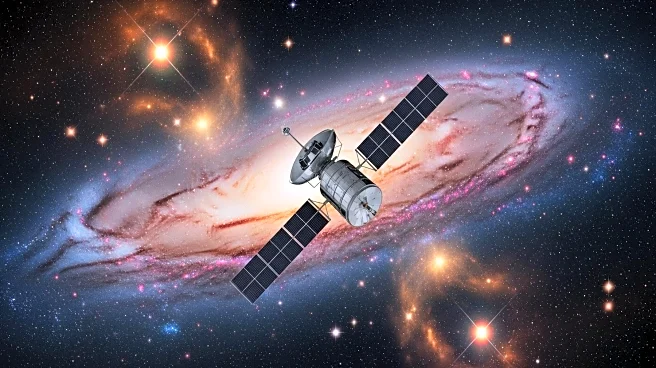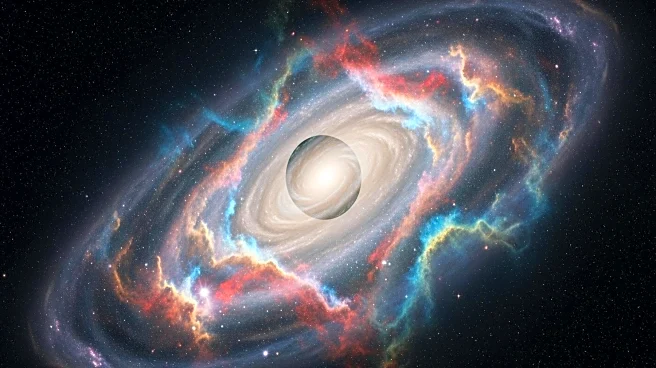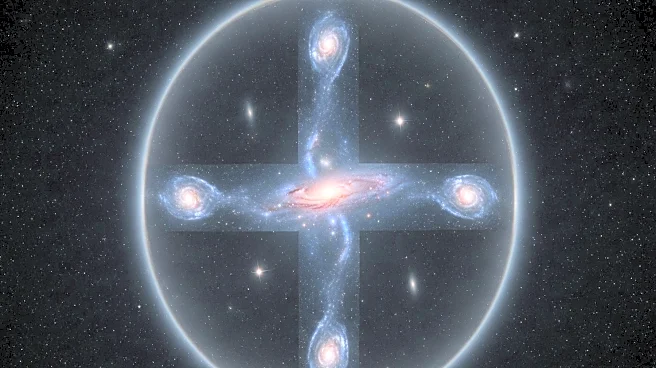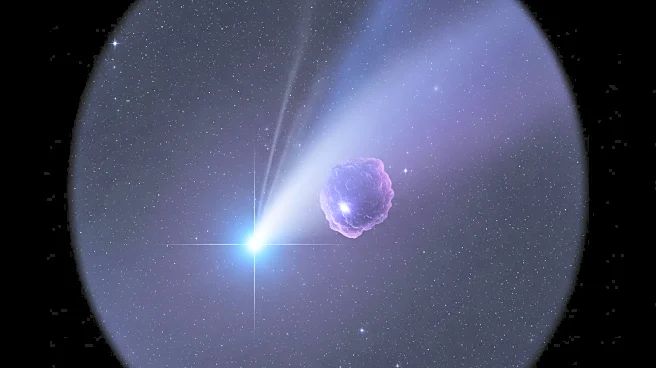What's Happening?
NASA's Hubble Space Telescope has observed a white dwarf star consuming a fragment of a Pluto-like object. The white dwarf, located about 260 light-years away, is pulling in and tearing apart an icy object from its system's Kuiper Belt analog. The discovery was made by analyzing the chemical composition of the object as it falls onto the white dwarf, revealing a high presence of water and other volatiles. This observation provides insight into the composition of exoplanets and the processes occurring in distant star systems.
Why It's Important?
This discovery is significant as it offers a glimpse into the future of our own solar system, where similar processes may occur when the Sun becomes a white dwarf. Understanding the composition of these objects can provide insights into planet formation and the delivery of water to rocky planets. The findings also highlight the capabilities of the Hubble Space Telescope in detecting volatile-rich materials in distant star systems, contributing to our understanding of planetary systems beyond our own.
What's Next?
The research team plans to use NASA's James Webb Space Telescope to further study the white dwarf in infrared light, aiming to detect molecular features of volatiles such as water vapor. This continued research will enhance our understanding of the frequency and composition of volatile-rich accretion events, potentially informing future studies on planet formation and the evolution of planetary systems.

